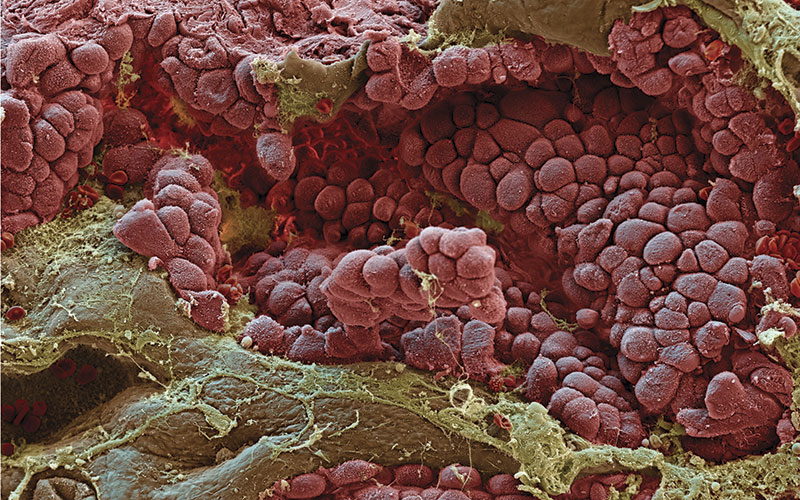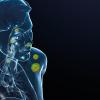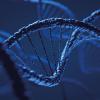Editor Andrew Blann outlines the content of the latest issue, which opens with a synopsis of all the articles published in 2018, with the subtitle “What have we learned?” This review-type article is the subject of a JBL exercise. Notably, six of the eight published articles involve methods in molecular genetics.

Hepatitis C
Hepatitis C infection is a serious problem is many parts of the world. El-Bendary et al (pages 11-16) studied 1,460 patients, of whom 108 had cleared their infections naturally (i.e. without the need for anti-viral drugs) and 1,446 uninfected family members.
Certain chemokines (such as CCL(2) and CCL(5)) and their receptors (e.g. CCR(2)) are important in our ability to counter several viral threats, colleagues in Egypt show that certain SNPs in the genes for these molecules are linked not only to those who have succumbed to the infection, but also those who had resisted a chronic infection.
Lung cancer
MicroRNAs are slowly but steadily coming to the fore in biomedical science. Wang and colleagues (pages 17-23) demonstrate a role for miR-935 in non-small cell lung cancer. Not only do they report low levels in malignant versus healthy tissue (that are linked to tumour stages and metastases), that these low levels predict five-year survival, but also present a fascinating series of cell biology and animal model data on how this may link directly to the nuclear events in carcinogenesis.
Liver cirrhosis
Liver cirrhosis brings many problems, such as jaundice, but also encephalopathy. Tan et al (pages 24-28) present data indicating that prealbumin, cholinesterase and retinal binding protein can help identify patients at risk of this complication.
Septicaemia
Although they have their place in our defence from microbes, excessive reactive oxygen species are cytotoxic. Our colleagues Kumar et al (pages 29-34) present data on the potential pathogenicity of nitrogen-based toxins in the organ damage often found in patients with sepsis. Whilst their laboratory markers (inducible nitric oxide synthase, nitrite) are at present far from routine, one day they may be so.
Immune system
The immune system may be divided into the adaptive and the innate. An important part of the latter are toll-like receptors (TLRs), some of which initiate specific anti-viral responses, examples being TLR(3) and TLR(4). Sghaier and colleagues (pages 35-41) hypothesised that variants in the genes for these TLRs would link to infection with hepatitis B and C viruses (HBV, HBC), and their effect on the inevitable liver disease that follows.
They found that variants in TLR3 and TLR4 are linked to different aspects of the infections, liver cirrhosis and hepatocellular carcinoma, giving weight to the value of these SNPs as biomarkers. As Klebsiella pneumoniae is a recognised pathogen with an increasing history of antibiotic resistance, rapid and accurate detection is important. Dou et al (pages 42-45) present data on a new multiplex method, focussing on ribosomal RNA, to improve both sensitivity and specificity for the diagnosis of potential infections.
Single nucleotide polymorphisms
The issue concludes with two other In Brief reports. Shasttiri et al (pages 46-48) show that a certain SNP in KIF14 (Kinesin family member 14) is linked to breast cancer, and to the clinical stage and histological grade of the disease. Their data suggests that this SNP may be useful in determining those at greatest risk of most severe disease, and so warrant focussed clinical care. Similarly, Eba and colleagues (pages 49-51) present data on two SNPs in the genes for chemokine stromal derived growth factor and a signal-tranduction regulatory G protein in coronary artery disease. Presence of certain variant SNPs seem to protect/predispose to this condition, but not to the extent of the disease.
CPD
One of these articles is the subject of a Journal-based learning exercise for those seeking to improve their continuing professional development profile.
Andrew Blann is the Editor of the British Journal of Biomedical Science
Image credit | Science Photo Library




